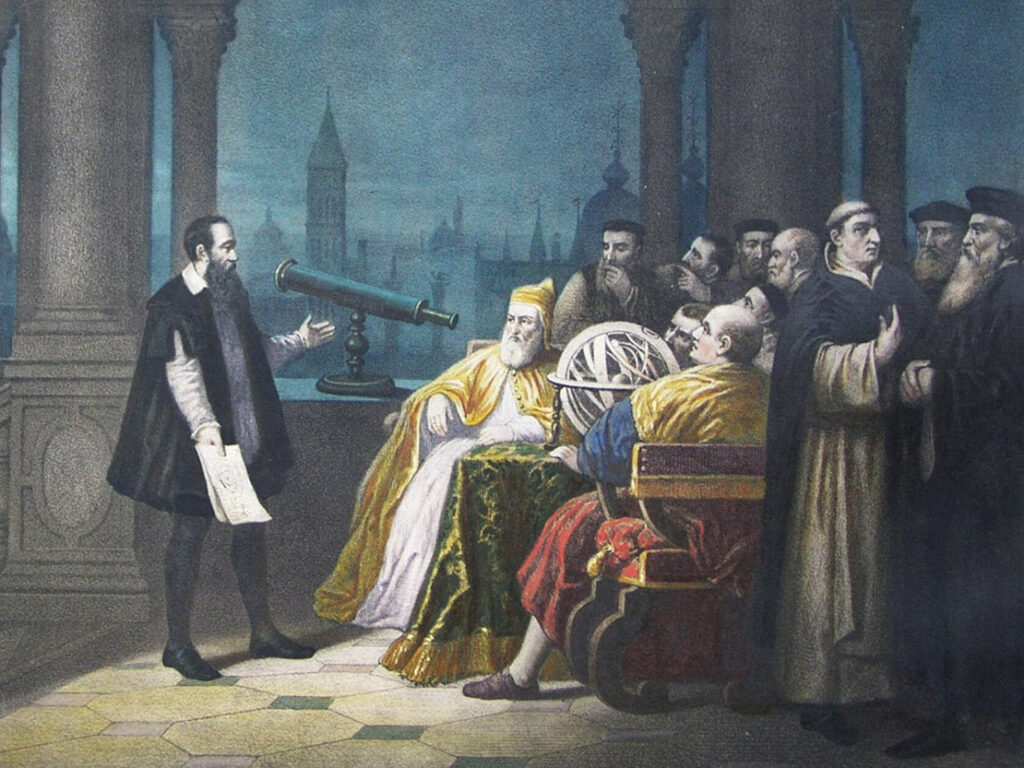
You may have listened to Geoff Huston’s recent PING podcast which discusses steerable dishes, or ‘dishy’ as it’s often called (based on the Boaty McBoatface meme) for the Starlink Low Earth Orbit (LEO) system.
A remarkable process is used to select a new satellite every 15 seconds, from a fleet of thousands in constant movement overhead. Orbital mechanics are highly predictable, meaning ground stations can be confident about the precise location to aim at for the next object they need to track.
Rather than physically adjusting the orientation of the dishy to point at different satellites, the method employs a flat plate with 1280 individual ‘micro antennas’ linked together. These antennas are then sequentially read in a specific time sequence. This process exploits constructive interference fringes to effectively ‘tune in’ to the strongest signal being received by the entire system. The mechanism is described well in this LinkedIn article.
In the podcast, Geoff mentions that ‘steering’ an antenna doesn’t mean moving cogs and wheels.
Some dishes, like the large ones used at the Parkes Observatory in Australia or the Jodrell Bank Observatory in the UK, use physical motor systems. These systems enable the dish to physically adjust its orientation to track different satellites or celestial objects.
Additionally, smaller dishes, like older Very Small Aperture Terminal (VSAT) technology such as DirecTV, may incorporate hand-positioned antenna placement models. Users can manually adjust the antenna’s placement to find the optimal position for maximizing the signal-to-noise ratio on a specific beam. This adjustment is often guided by instructions displayed on a PC, allowing users to fine-tune the positioning for optimal reception.
But Dishy isn’t doing this. Instead, it uses ‘phased array’ steering, which uses constructive and destructive wave interference to move the ‘sweet spot’ where an antenna picks up the most signal. Starlink’s Dishy is the first commercially available phased array antenna.
Phased array methods have been used in military and airfield radar systems for some time. Large constructions such as the defence radar network would be familiar to some people as examples of static but steerable antenna, or the modern radar assembly on a warship.
These are completely different to the older rotating transmitter/receiver combination, often hidden inside a ‘radome‘ to mask both the direction of interest and the antenna from the weather. They’re large planar surfaces, studded with small masts. The pattern of interference is determined by which masts are used and when they’re activated, controlling the timing.
It’s even possible to tune the antenna to receive multiple signals at once — to look in two directions at the same time!

Movement isn’t always about mechanics. Less like Archimedes’ famous saying “Give to me a fulcrum on which to plant my lever and I will move the world”, it’s more like Galileo Galilei’s response about the sun and Earth’s movement ‘E pur si muove‘, which means ‘and yet, it moves’.
Similarly, the phased array antenna doesn’t visibly move, but its interference fringes that tune and steer the beam are in motion.
This IEEE Spectrum article on smart antennas discusses the idea of ‘metasurface arrays’ and their potential future impact on the design of LEO systems for domestic and industrial uses. Reducing costs and energy consumption with this technology suggests there will be a lot more LEO in the global Internet’s future, and a lot more mobile systems depending on this technology.
The views expressed by the authors of this blog are their own and do not necessarily reflect the views of APNIC. Please note a Code of Conduct applies to this blog.
